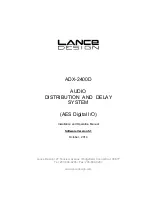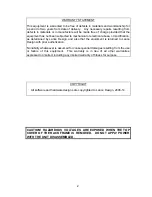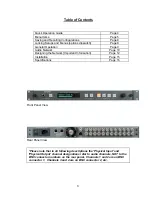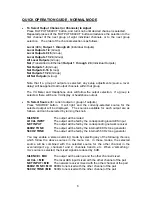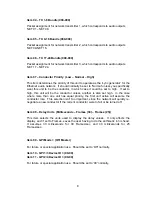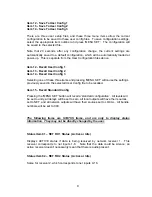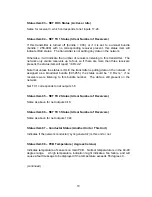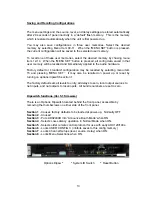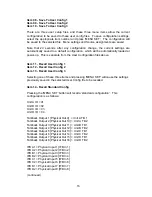
4
SELECTING OPERATING MODE
With firmware versions 5.1 and later the ADX-2400D can operate in two distinct modes:
The
NORMAL
mode is used for general-purpose transmission and distribution
applications. In this mode the units offer 24 channels of transmission in both directions,
using standard-latency Cobranet format transmission. The ADX-2400D in this mode
transmits three bundles of eight channels each, and receives three bundles of eight
channels each.
Bundle numbers are set manually from the front panel menus.
The DSPs in the unit are used for level control, source selection, and delay.
Transmission latency is approximately 7 milliseconds in each direction (standard mode -
see next page for low-latency information).
To select NORMAL mode, turn section 3 of the options dipswitch on the sub-
panel (behind the front panel) OFF and press the Reset button.
The
ANNOUNCE BOOTH
mode is selected when the ADX-2400 is used to provide the
'head end' or truck end of an ethernet-based announce booth system, using either ADX-
120 Announce Units, or ADX-140 XLR Interface Frames (or both) to provide a fully self-
contained announce booth system using copper or fiber ethernet as the transmission
medium.
In this mode, the ADX-2400 can support up to four ADX-120s or ADX-140s, in any
combination. The ADX-2400 transmits and receives four bundles of six channels each.
The transmission utilizes the Cobranet 'low-latency' mode, and results in a path latency
of 2.2 milliseconds, analog to analog.
The DSPs are reconfigured to provide routing matrices for IFB source selection, PGM
source selection, Talkback output configuration, and 4-wire port assignments for the PL
channels.
Bundle numbers are set automatically depending on the assigned system ID numbers
for the remote devices (ADX-120, ADX-140).
To select ANNOUNCE BOOTH mode, turn section 3 of the options dipswitch on
the sub-panel (behind the front panel) ON and press the Reset button.
Options Dipsw ^ ^ System ID Switch ^ Reset Button

